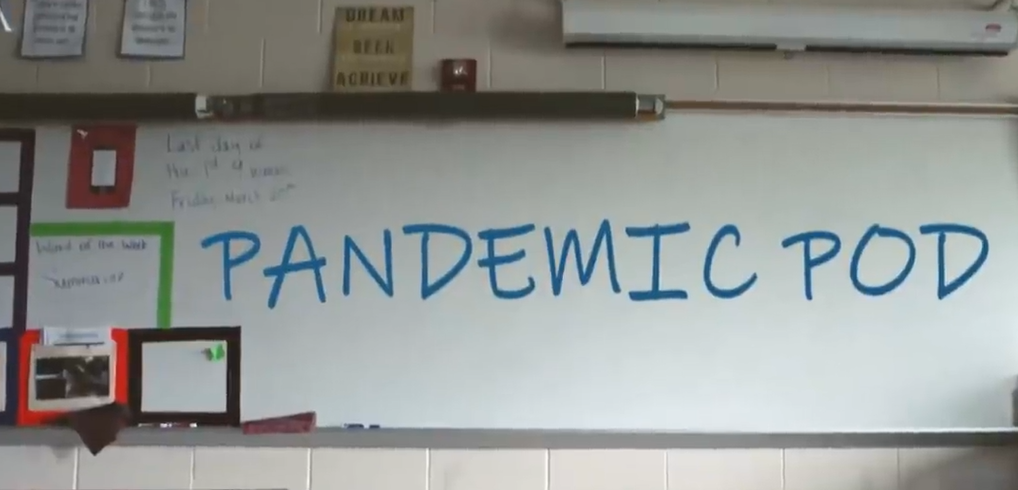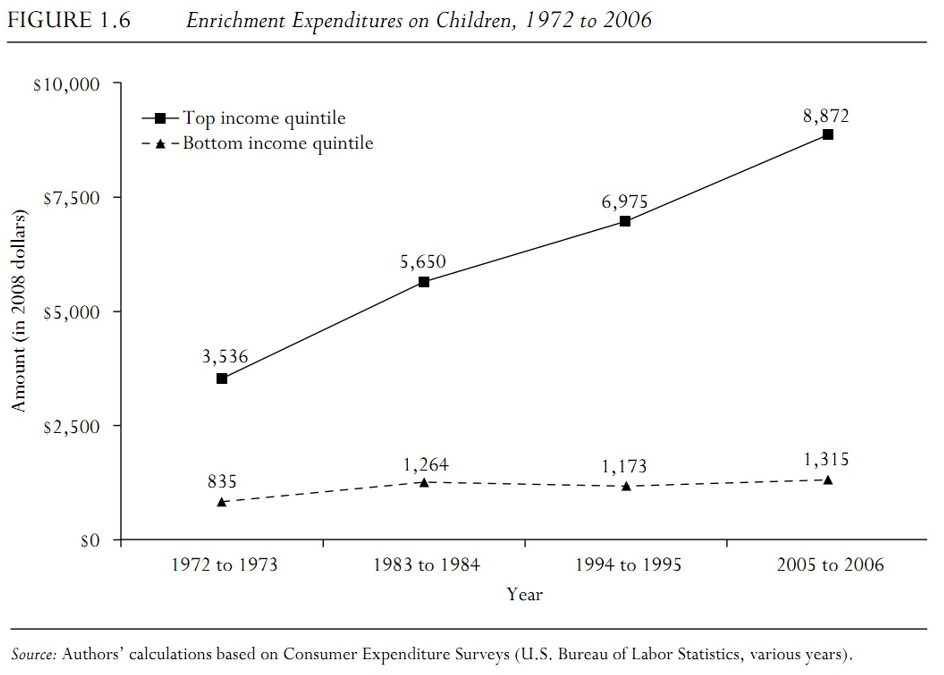
Pandemic pods were all the rage in last week’s news stories as parents around the country began organizing into micro-schools. It is indeed a fascinating thing to watch, but Amara’s law should be kept in mind.
Stanford computer scientist Roy Amara is credited with the theory that “we tend to overestimate the impact of a new technology in the short run, but we underestimate it in the long run.” So, too, will it likely be with pandemic pods. Matters have been trending in this direction for decades with well- to-do America. The question at hand is what sort of opportunities do children whose parents are not well-to-do deserve?
“Marriage of convenience” is a term one might use to describe the relationship between upper-crust America and public education. That class of Americans get the best of everything that public education has to offer, and generally pay more than anyone else for it in the form of higher state and local taxes. Even upper-income families who enroll their children in public schools, however, do not put all their eggs in that basket.
So, the pandemic strikes, impromptu distance learning goes somewhere on the poor to catastrophically poor spectrum. Ineffective COVID-19 tests get released and recalled and good tests are hamstrung by red tape. Americans are told not to wear masks and then to wear masks. A certain expression about a decapitated chicken comes readily to mind.
Uruguay safely reopened their schools in June, but it may be beyond the ken of Americans.
Meanwhile, education unions have produced lists of policy demands, many unrelated to schooling, and are filing lawsuits to counteract state and district mandates. Is it any wonder a growing number of parents have decided to take matters into their own hands?
Upper-income Americans use public schools, but they stopped relying upon them solely long ago. This chart shows the trend in private spending on student enrichment activities by family income quartile (top and bottom quartiles, respectively).
 “Do it yourself” education is old hat for upper-income Americans. Multiple service-provider education has been the norm for upper quintile Americans for decades. Kumon, Mathnasium, club sports, tutors, college entrance exam coaches – you name, it, they have been shelling out money for it. Podding up with others and hiring a teacher during a period when the country seems determined to slip into pandemic dysfunction is an entirely reasonable next step given the circumstances.
“Do it yourself” education is old hat for upper-income Americans. Multiple service-provider education has been the norm for upper quintile Americans for decades. Kumon, Mathnasium, club sports, tutors, college entrance exam coaches – you name, it, they have been shelling out money for it. Podding up with others and hiring a teacher during a period when the country seems determined to slip into pandemic dysfunction is an entirely reasonable next step given the circumstances.
Amara’s law seems to apply. Pandemic pods are not going to “destroy public education,” as constitutional funding guarantees are safely enshrined in state constitutions. Upper-income families have been hybrid homeschooling on their own time for decades. The danger to traditional schooling, if any, lies in that some growing percentage of them may notice the opportunity time cost of traditional schooling.
The longer-term significance of this episode, however, seems likely to be an increased culture of self-reliance and do-it-yourself education. The chart shows this phenomenon is not new; pandemic pods are simply the latest incarnation of a long-established trend.
We cannot (nor should not) prevent families from enrolling their children in Kumon, club sports, or indeed, pandemic pods. We can and should, however, allow disadvantaged families the option of using state-provided funds to enable their children to participate.
In other words, the worrying trend in the chart is not the steepness of the top line but rather the flatness of the bottom line.